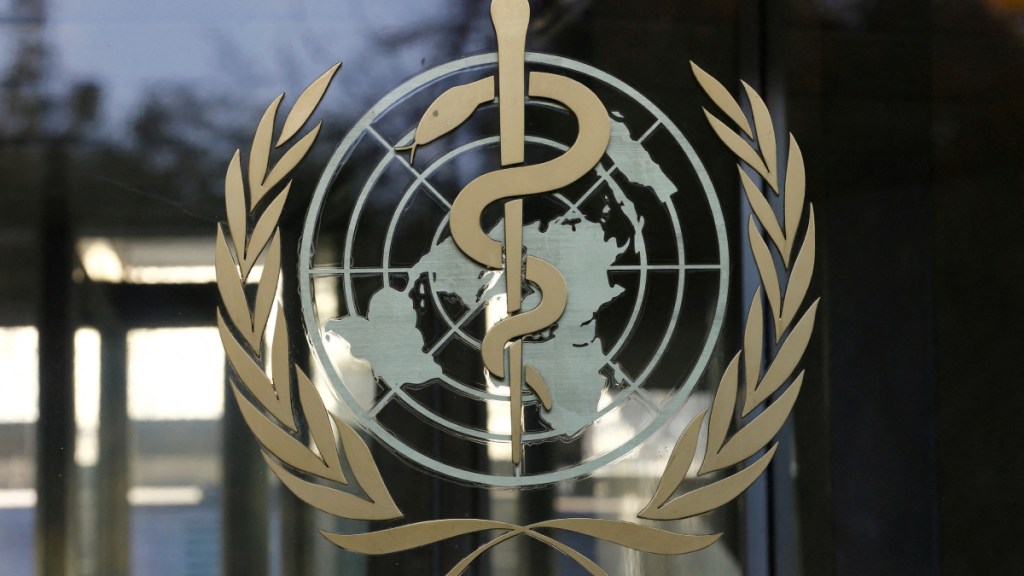By Rameesh Kailasam & Dhiraj Gyani
India’s remarkable triumph at the G20 Summit stands as a shining moment that will be etched in the annals of history, marking it as a high point of Narendra Modi’s tenure as prime minister. The road to this success was paved with meticulous planning, unwavering dedication, and commitment to excellence. Among the many ingredients factors that contributed to this triumph, a noteworthy highlight was the exquisite Indian culinary presentation that graced the Summit.
Guests at the G20 Summit were treated to a gastronomic extravaganza that exemplified the culinary diversity of India. The culinary delights included kaju matar makhana, Kerala’s signature vanavarnam jackfruit galette adorned with glazed forest mushrooms, millet and red rice, the iconic Mumbai pao, the ethereal sweet dish madhurima, Bengali rosogula, kesar pista rasmalai, and so on.
An opulent array of millet-based dishes was meticulously curated for world leaders and delegates attending the G20 summit, thereby spotlighting the significance of this climate-resistant and highly nutritious grain. This superfood has transcended borders, making its way to the White House where delectable millet-based dishes were served during the PM’s state dinner earlier this year.
In today’s global landscape, the concept of “gastro diplomacy” has gained prominence, highlighting the pivotal role that food plays in diplomacy. India’s rich and diverse culinary heritage has emerged as a potent soft power, resonating with taste buds worldwide. For centuries, our land has been a treasure trove of flavours, textures, and nutritional richness, captivating the senses of people both within our borders and beyond. This culinary legacy, built upon the foundations of tradition, has become a global phenomenon in today’s interconnected world.
India’s culinary prowess continues to shine on the global stage, despite attempts to alter our palate. However, recent developments, including a WHO report proposing changes that may potentially impact India’s dietary landscape, have sparked concerns about the preservation of this cultural and economic asset.
The report titled The Growth of Ultra-Processed Foods in India: An Analysis of Trends recommends a tax hike also on non-packaged and unlabelled Indian foods, currently taxed at 5% under the Goods and Services Tax (GST) regime. Recent media articles indicate that a body called the “Indian Sellers Collective” has also voiced significant concerns regarding the WHO Report proposing this new taxation system.
WHO’s rationale is that these foods are considered unhealthy, and therefore, imposing higher taxes could dissuade Indians from consuming them. But then the question that arises here is that can this be construed as a direct strike on Indian traditional and indigenous foods? Also, even if we were to assume for a moment that some foods may require some tweaking around ingredients or methodology of production, then such changes cannot be implemented abruptly, without creating awareness. Handholding and guidance to make them health-compatible is essential as livelihoods of millions of small producers is at stake. The report also appears to promote the consumption of artificially fortified foods manufactured by global corporations in the packaged food sector.
Two specific points in the report raise questions about whether the WHO’s recommendations extend beyond solely health-related concerns. First, in an interesting paradox, while critiquing the nutritional content of Indian foods, the WHO report has simultaneously advocated for a lower slab of tax treatment for zero-sugar carbonated drinks. This stance of WHO seems to contradict its own guidance of May 2023 on non-sugar sweeteners (NSS). WHO had also had warned against potential undesirable effects from long-term use of NSS that included risk of type 2 diabetes, cardiovascular diseases, and mortality in adults. WHO’s turnaround here recommending a more favourable GST slab rate for zero-sugar carbonated drinks, with the implication of making them more affordable for Indian consumers, appears to strangely run counter to the organisation’s overarching goal of promoting healthier dietary choices.
Second, the report promotes Front-of-Pack Nutrition Labelling (FOPNL) implementation. This labelling system, while aiming to provide nutritional information to consumers, may unfairly categorise traditional Indian foods as unhealthy, leading to consumer fear. By contrast, many Western alternatives, often fortified and chemically altered by global corporations, could gain favour due to higher ratings.
WHO’s recommendations could have far-reaching implications for India’s economy and cultural identity. Traditional Indian foods are deeply rooted in various regions and are predominantly produced by micro, small, and medium enterprises (MSMEs). These enterprises play a pivotal role in India’s economy, offering employment, including to a significant percentage of women in the workforce. Imposing taxes and labelling regulations could jeopardise the livelihoods of those dependent on these businesses.
It is imperative to remain vigilant in preserving and protecting our food culture while constantly innovating and adapting to healthier options. Striking a balance between health concerns and the preservation of cultural and economic assets should be the guiding principle for shaping India’s dietary landscape. While WHO’s dietary recommendations for India necessitate a critical examination, balancing health and heritage is the key to preserving India’s culinary richness and ensuring its continued global prominence and the centuries-old tradition of nourishing not just the body but also the soul.
Rameesh Kailasam & Dhiraj Gyani, Respectively, CEO, and senior director (policy & operations), IndiaTech.org
Views are personal

